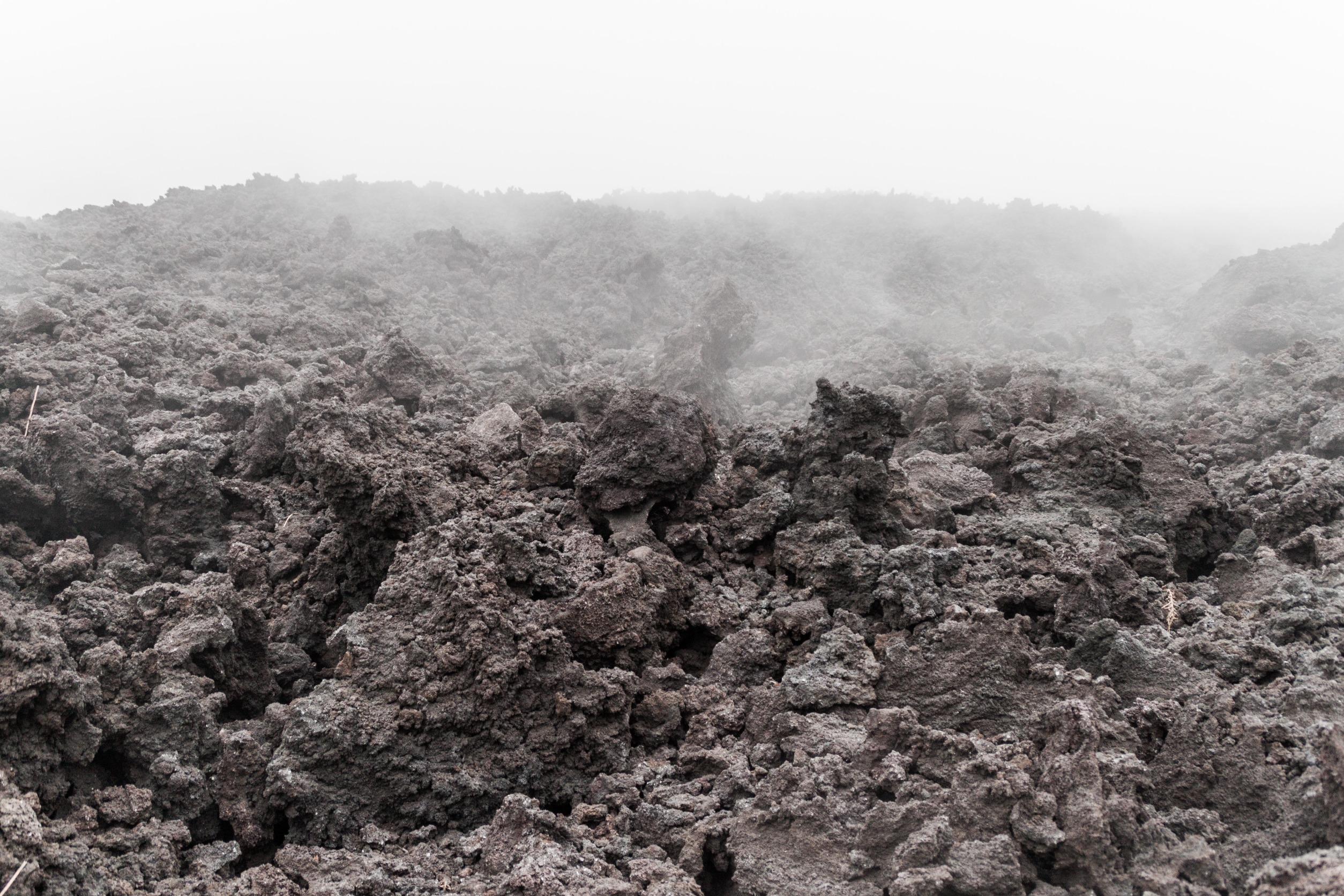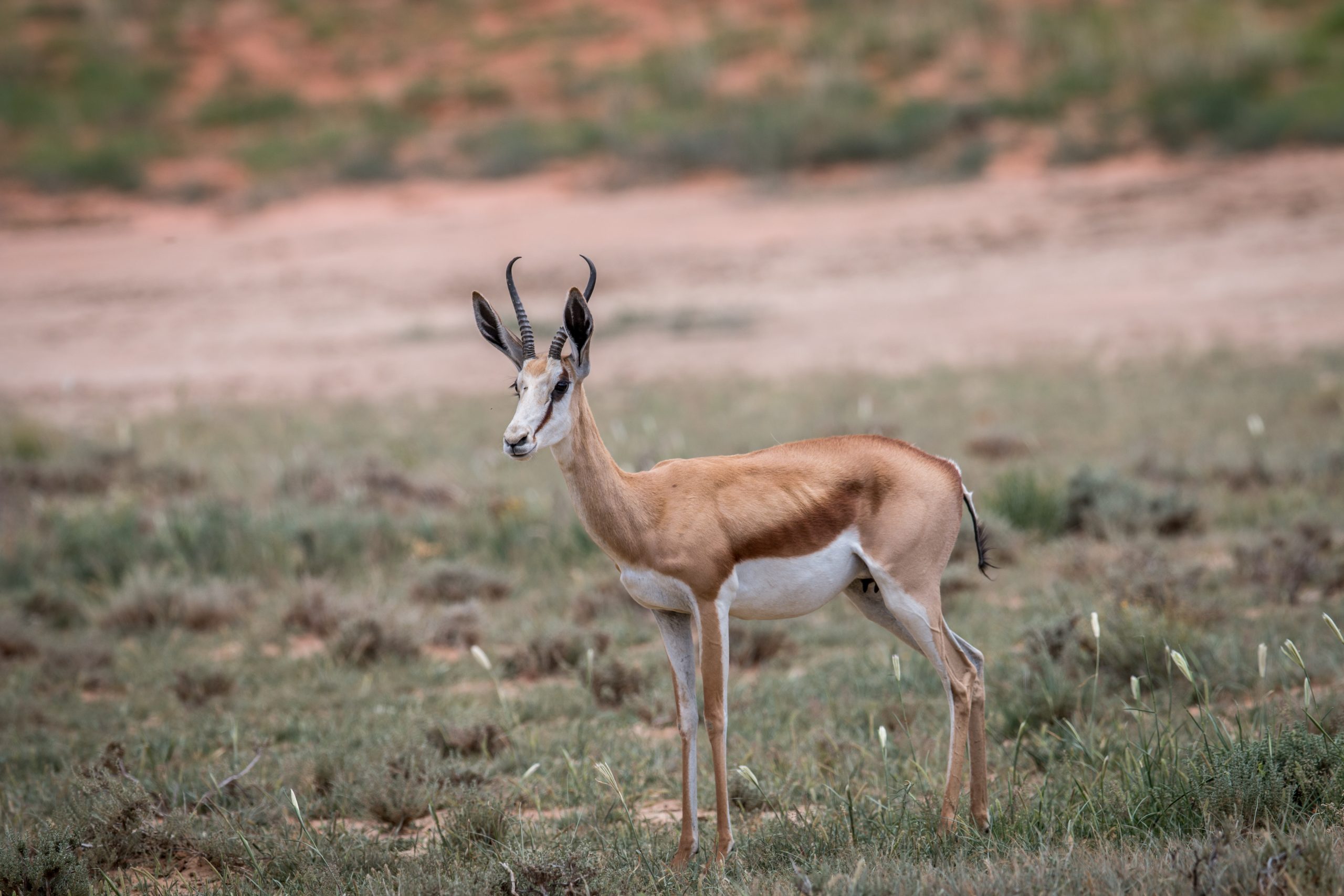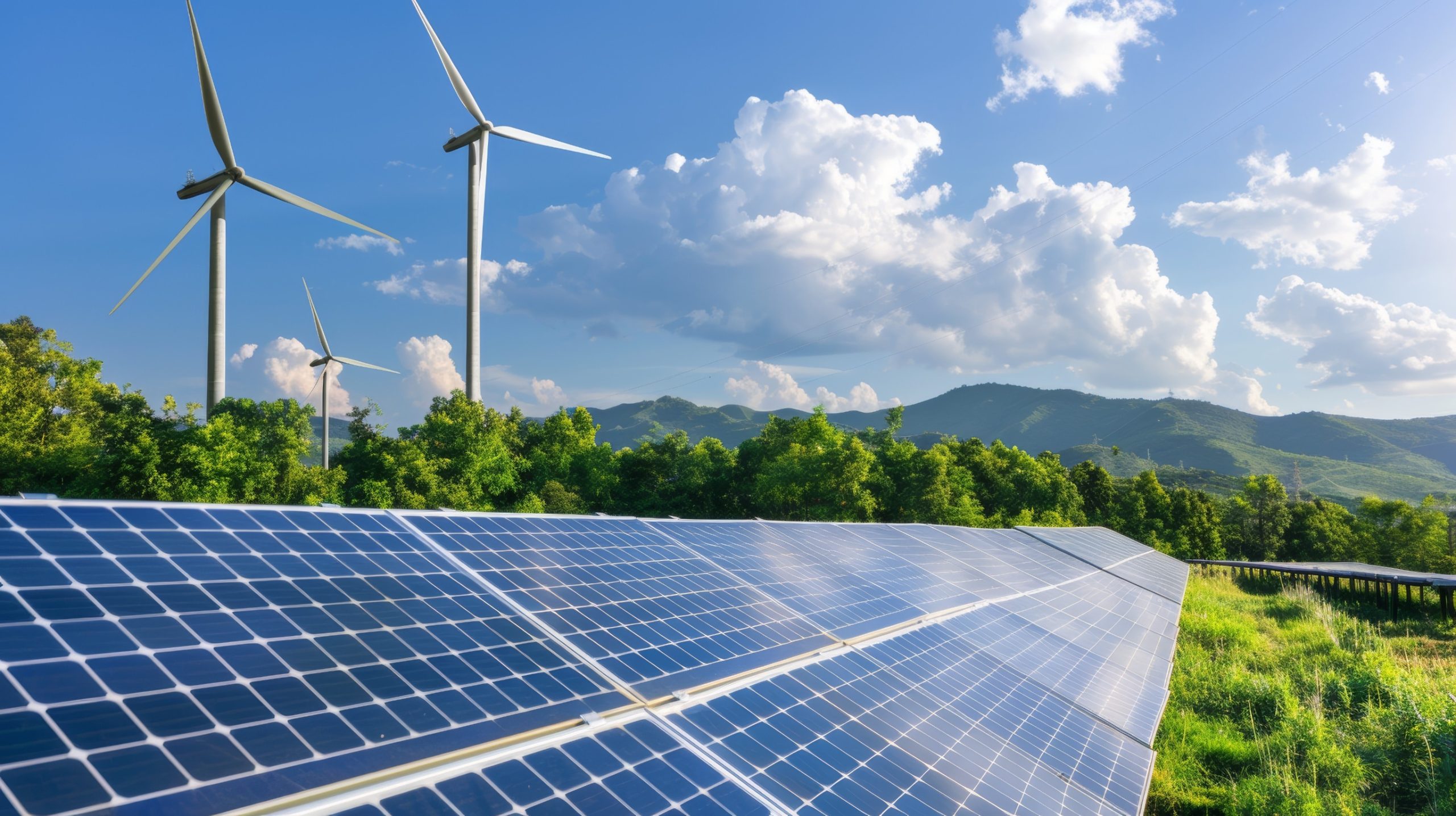Producing food for cows requires an enormous amount of land. In fact, the US uses 780 million acres — or 41 percent of its land — to grow animal feed, either on pastures or through growing crops. And as demand for animal food continues to grow, the availability of arable land decreases. In some areas, this results in cutting down forests to make room for such types of crops.
This is one of the main environmental challenges that startup Grōv Technologies aims to tackle by using vertical farms to grow feed for livestock. Resembling a tent-like structure, each of Grōv’s vertical farms takes up a little more than 850 square feet on the ground. But it can grow as much wheat or barley grass as 35 to 50 acres of farmland.
In addition to preventing deforestation, the company’s technology also saves significant amounts of water, using around 5 percent of what’s used in conventional farming. It can also reduce the distance to transport animal feed since the systems are intended to be built right next to farms raising dairy and beef cattle.
A large dairy farm in Utah, called Bateman’s Dairy Farm, is now the first one to test Grōv’s technology. Inside its new building, 10 towers, each around 25 feet tall, are growing wheatgrass. With an automated system featuring robots and smart sensors, which essentially take care of everything, it takes an average of around six and a half days for the crops to grow.
While Grōv provides support, the system is designed to operate on its own, without requiring any additional labor from the farmer. The technology has also been designed to operate as cost-efficiently as possible, with the startup claiming that farmers can break even on their investments in three years.
According to Grōv, its vertical farms aren’t intended to fully replace conventional farming, but to provide one portion of the mix of food that livestock eat. This, however, can still go a long way in helping prevent deforestation and land degradation associated with increasing agricultural demands.












